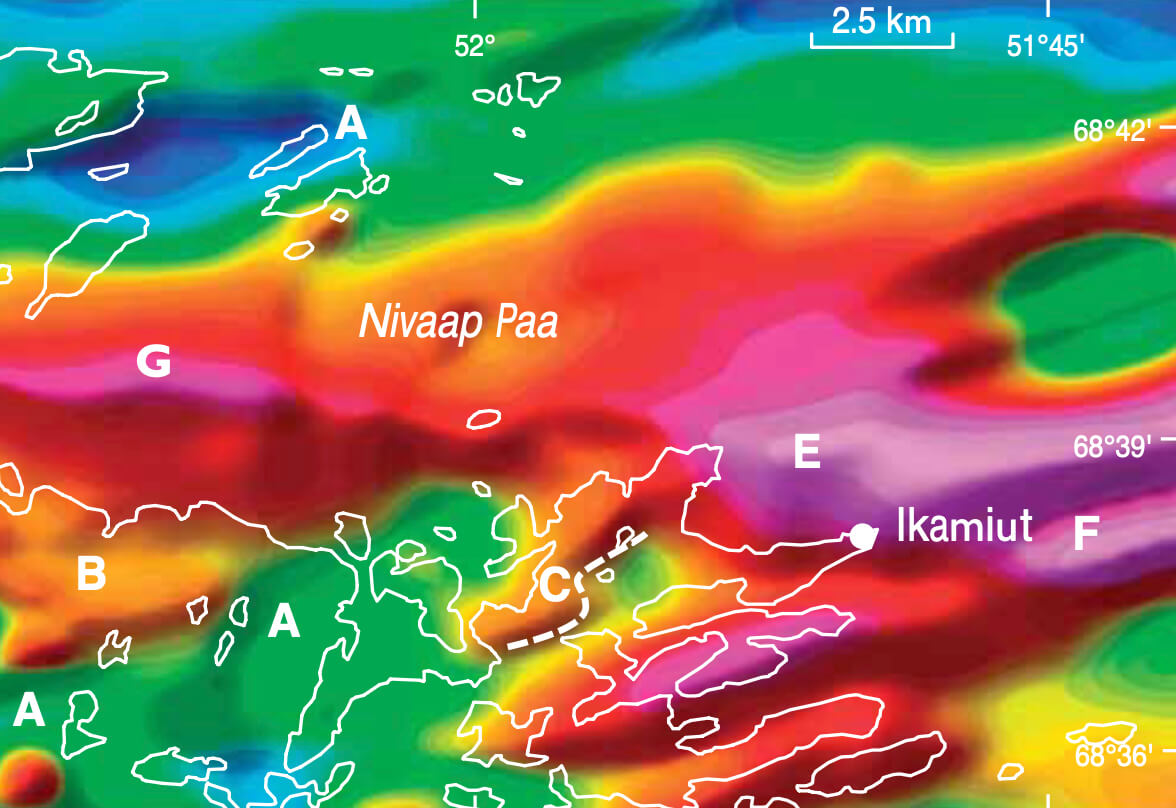
How to Cite
Share
Abstract
The Archaean North Atlantic Craton of West Greenland collided at c. 1.9 Ga with a lesser-known Archaean craton to the north, to form the Nagssugtoqidian orogen. The Palaeoproterozoic metamorphic grade and strain intensity decrease northward through the orogen, allowing investigation of the reworked Archaean components in its northern part. Two Archaean supracrustal belts in this region – the Ikamiut and Kangilinaaq belts – are investigated here using field mapping, aeromagnetic data, zircon geochronology, and geochemistry. Both belts comprise quartzo-feldspathic and pelitic metasedimentary rocks, amphibolite, and minor calc-silicate rocks, anorthosite and ultramafic rocks. Pb-Pb and U-Pb dating of detrital zircons and host orthogneisses suggest deposition at c. 2800 Ma (Kangilinaaq belt) and after 2740 Ma (Ikamiut belt); both belts have zircons with Neoarchaean metamorphic rims. Metasedimentary rocks and orthogneisses at Ikamiut share similar steep REE signatures with strong LREE enrichment, consistent with local derivation of the sediment and deposition directly onto or proximal to the regional orthogneiss precursors. Zircon age data from Kangilinaaq indicate both local and distal sources for the sediment there. Geochemical data for Kangilinaaq amphibolites indicate bimodal, mixed felsic–mafic source rocks with island-arc basaltic affinities, consistent with a shelf or arc setting. Both belts experienced a similar tectono-metamorphic history involving Neoarchaean amphibolite facies peak metamorphism at c. 2740–2700 Ma, possibly due to continued emplacement of tonalitic and granodioritic magmas. Nagssugtoqidian lower amphibolite facies metamorphism at c. 1850 Ma was associated with development of the large-scale F2 folds and shear zones that control the present outcrop pattern. The observed differences in the sources of the Kangilinaaq and Ikamiut belts and their shared post-Archaean history suggest they were formed in different Neoarchaean environments proximal to and on a continental plate, and were amalgamated in a convergent margin setting shortly after their deposition.
How to Cite
Share
Copyright (c) 2006 Julie A Hollis, Marie Keiding, Bo Møller Stensgaard, Jeroen A M van Gool, Adam A Garde

This work is licensed under a Creative Commons Attribution 4.0 International License.
Downloads
Editors: A.A. Garde and F. Kalsbeek
Central West Greenland exposes a large region of Archaean continental crust that was rifted and subsequently reworked in the Palaeoproterozoic during the Nagssugtoqidian and Rinkian orogenies. The southern margin of the Nagssugtoqidian orogen with its deformed Kangâmiut dykes is a classic example of an orogenic [...]









